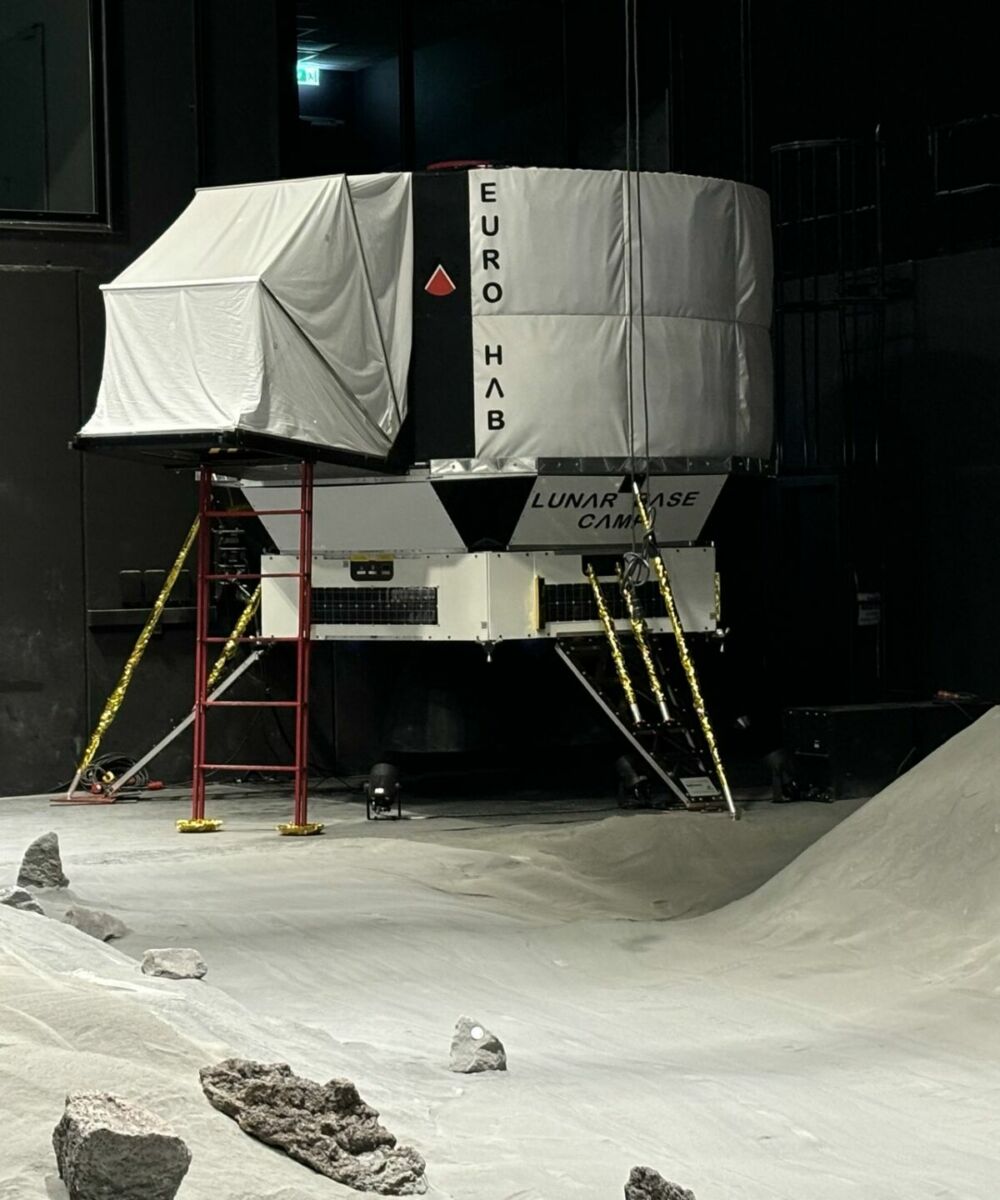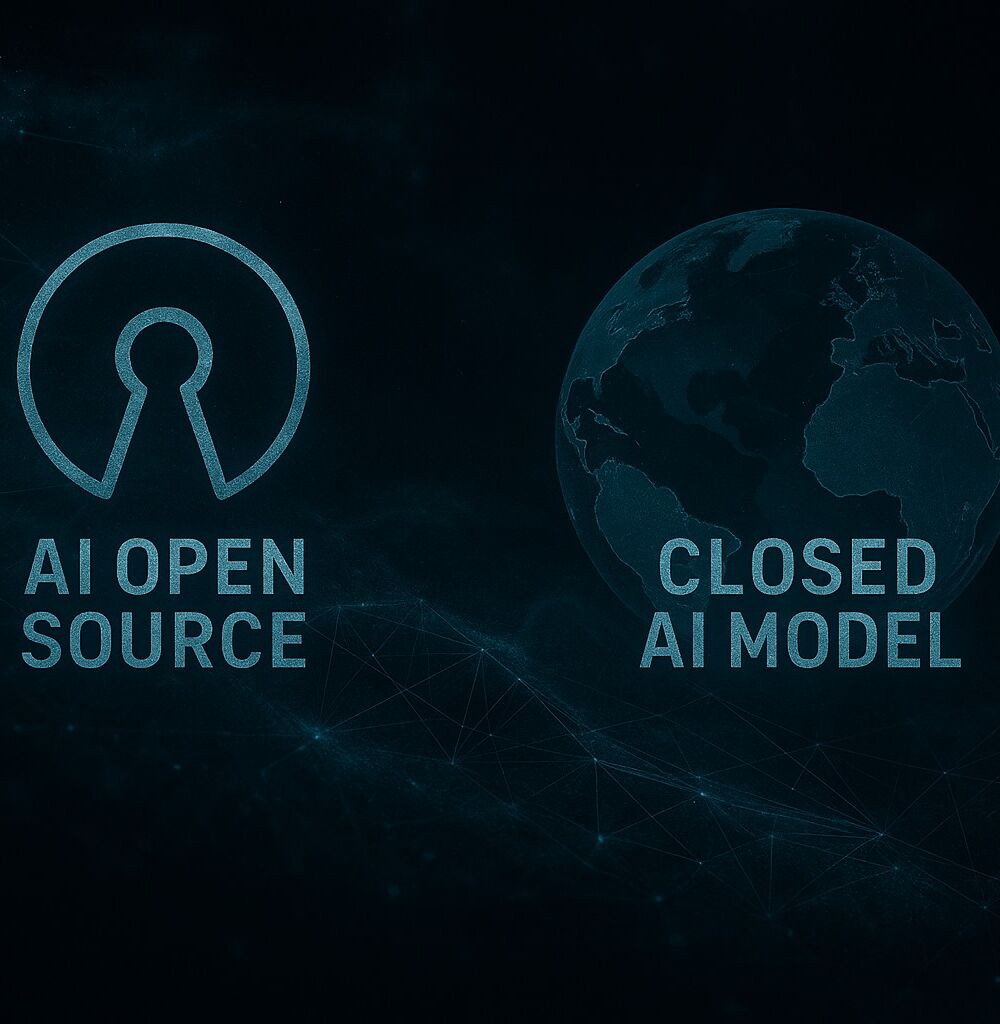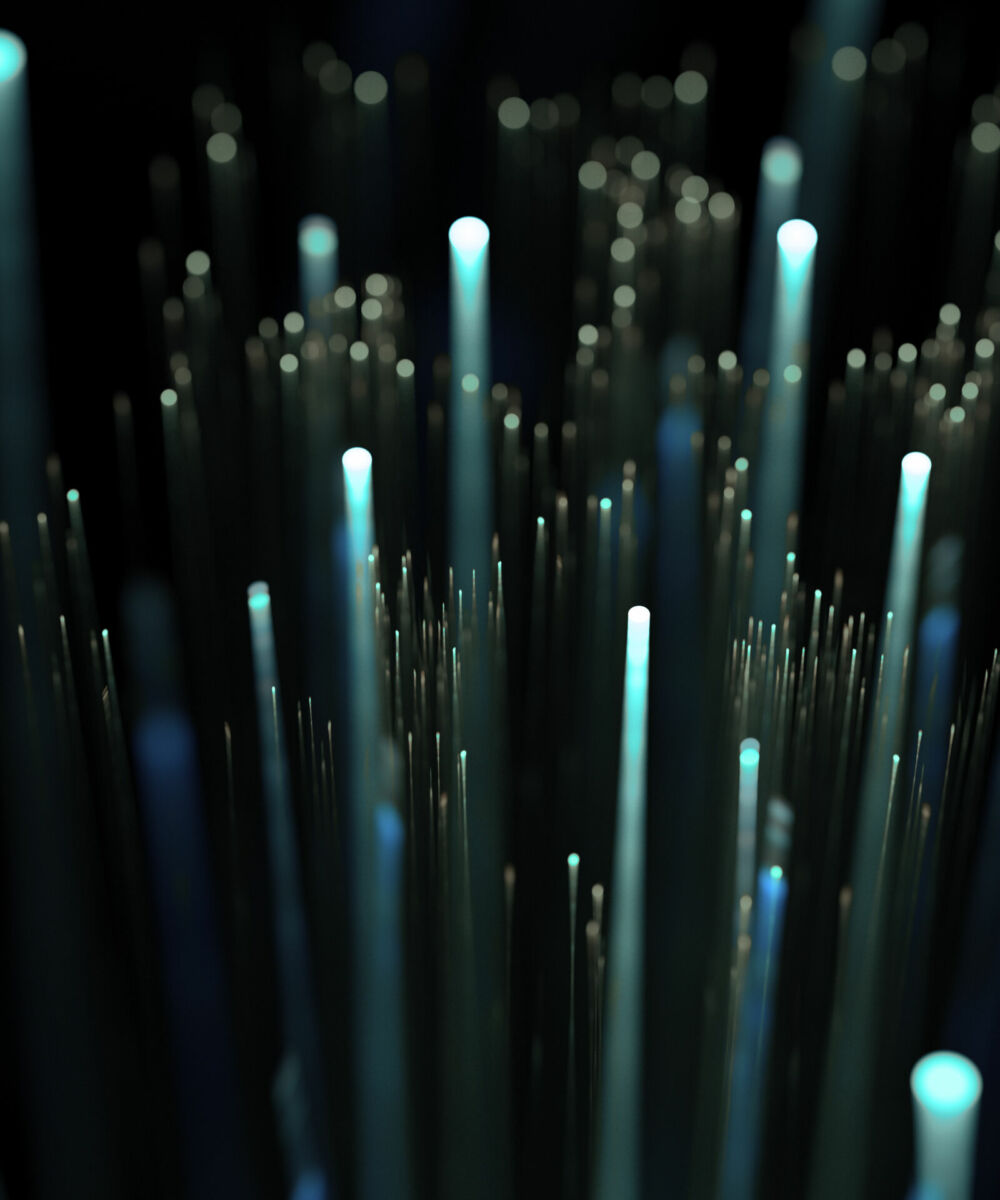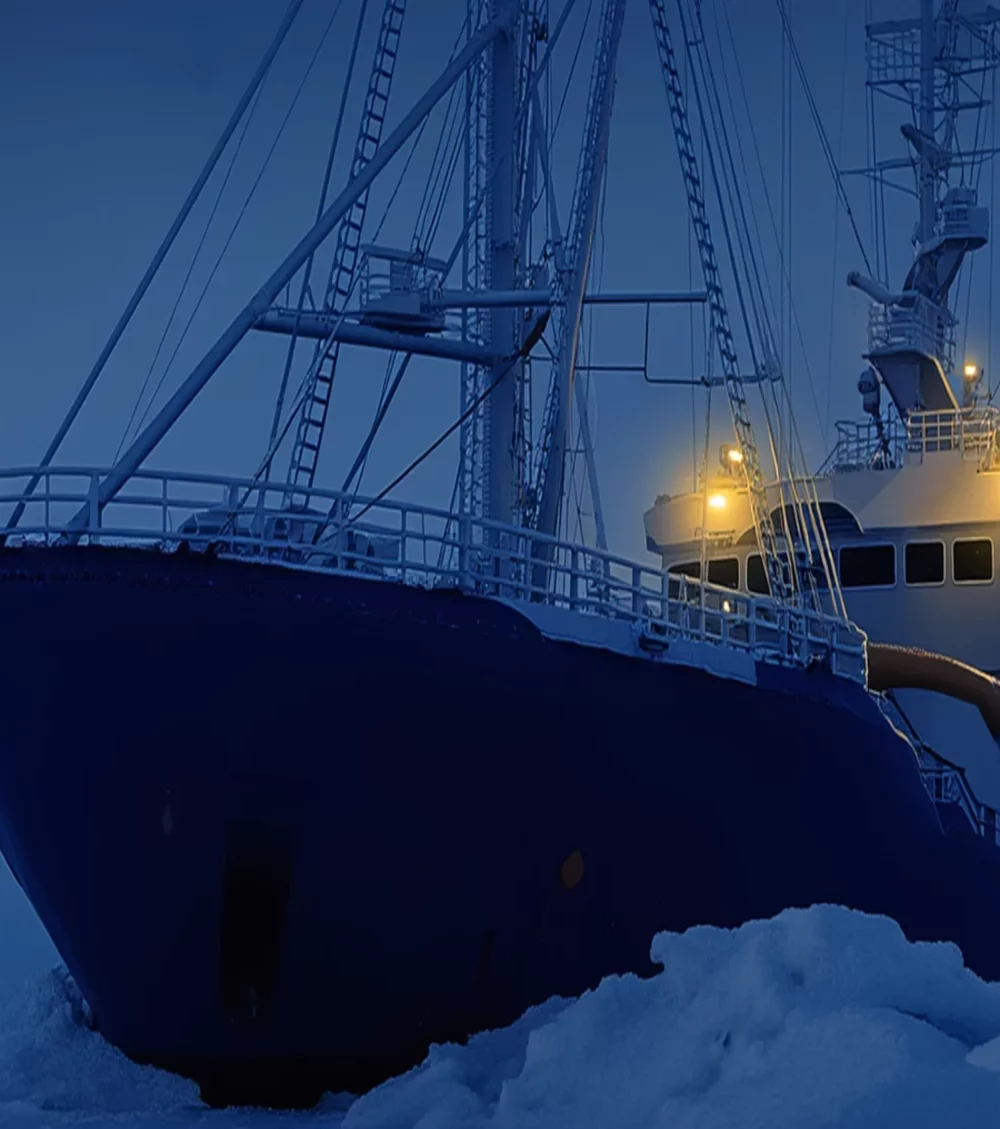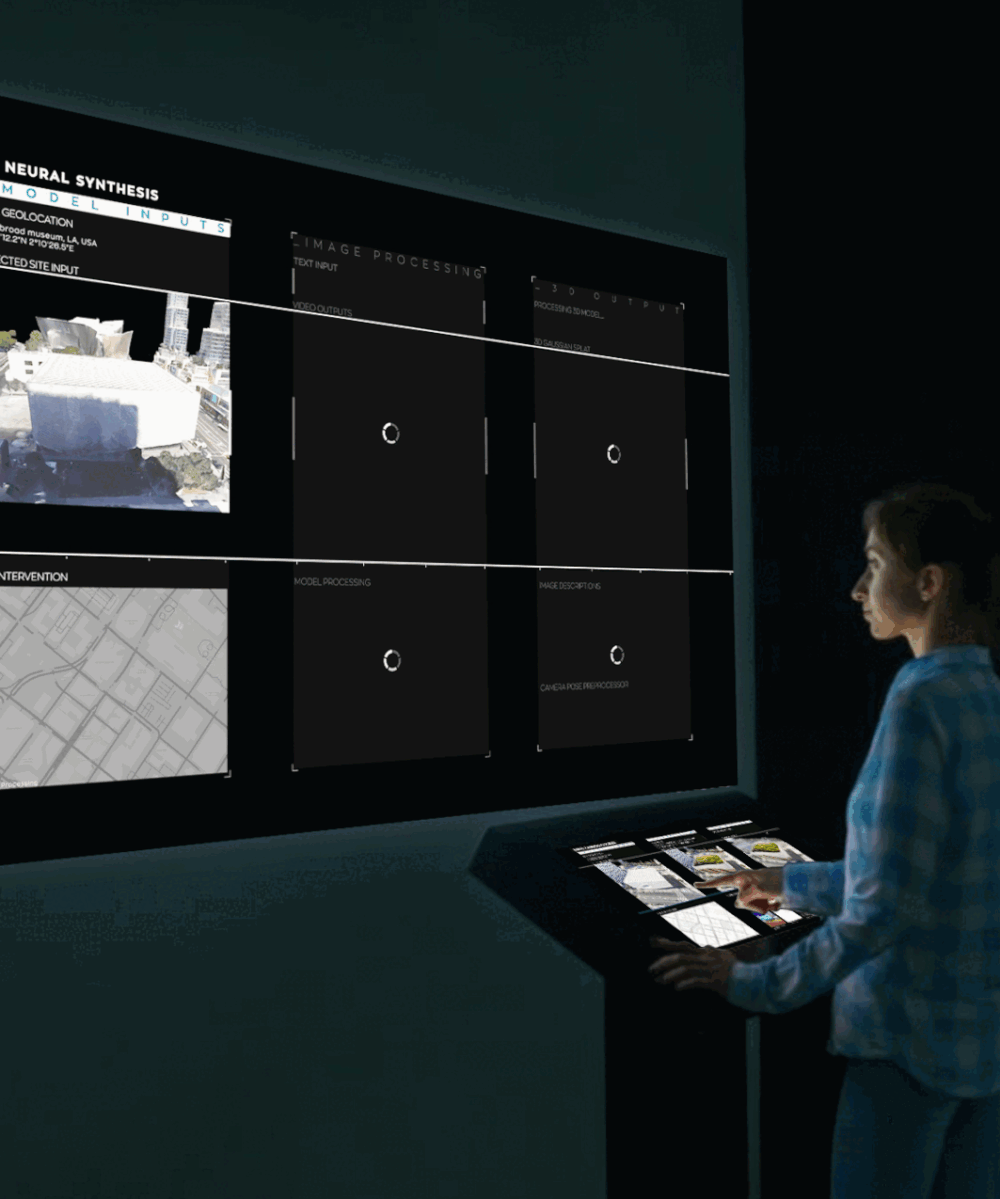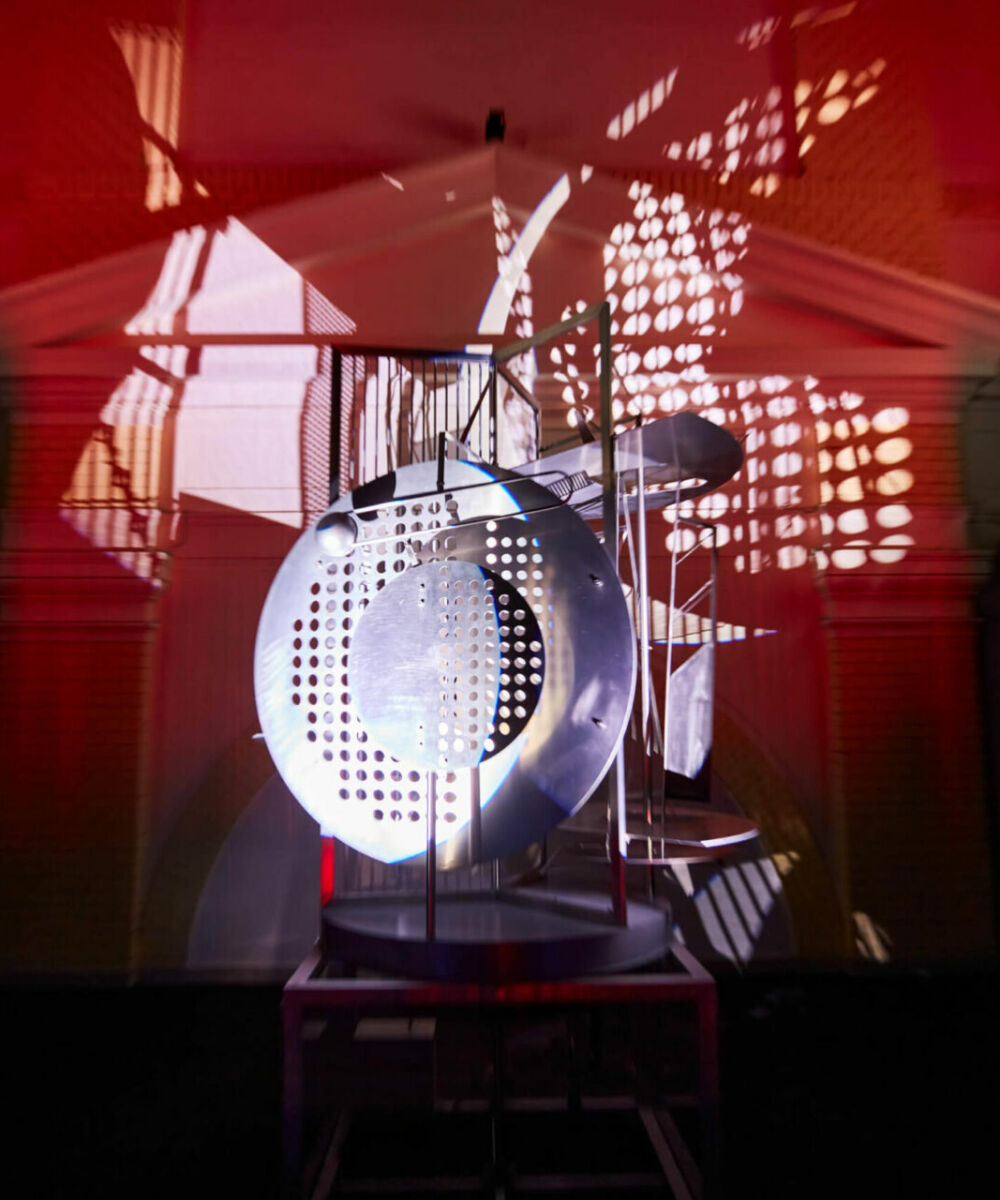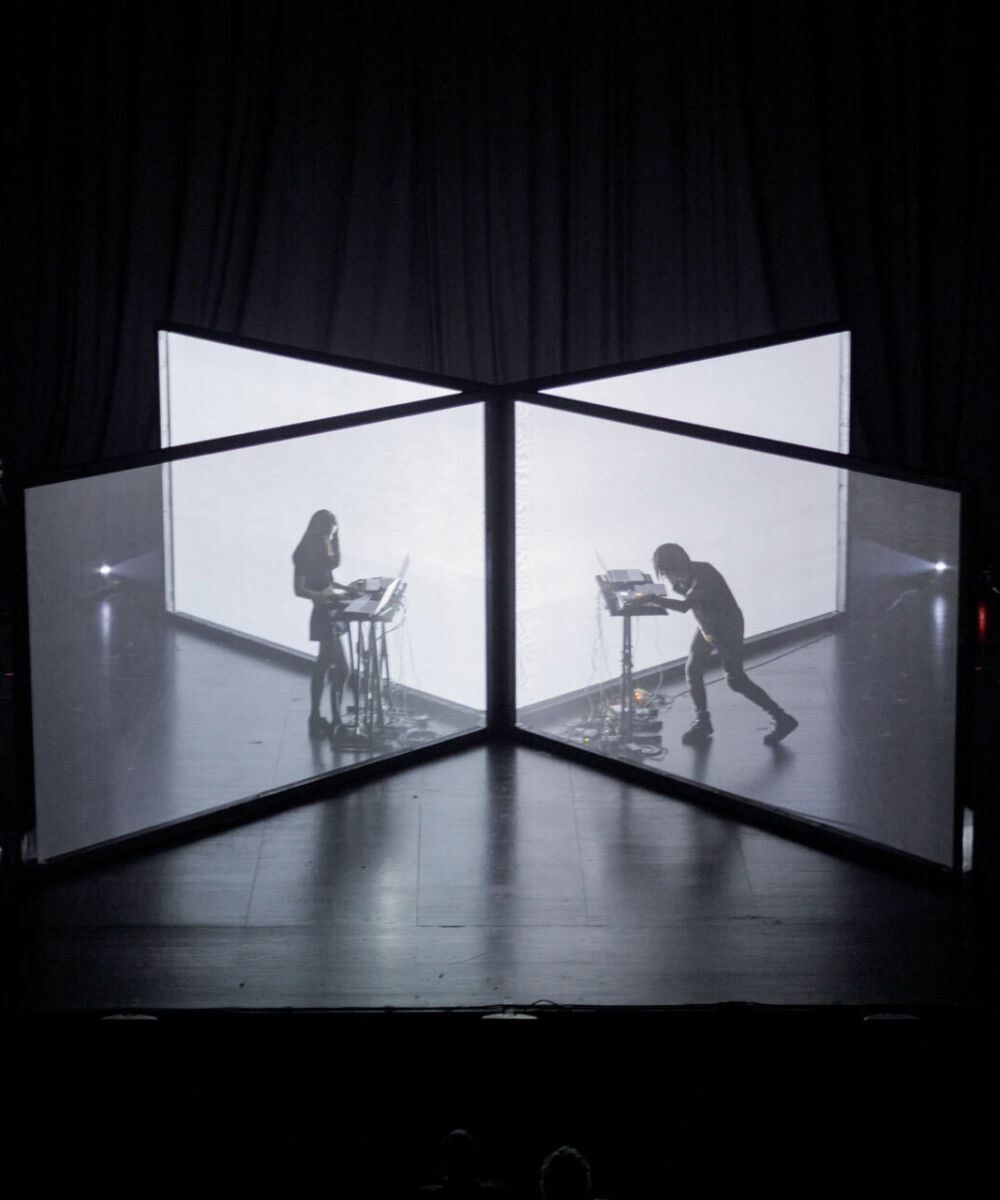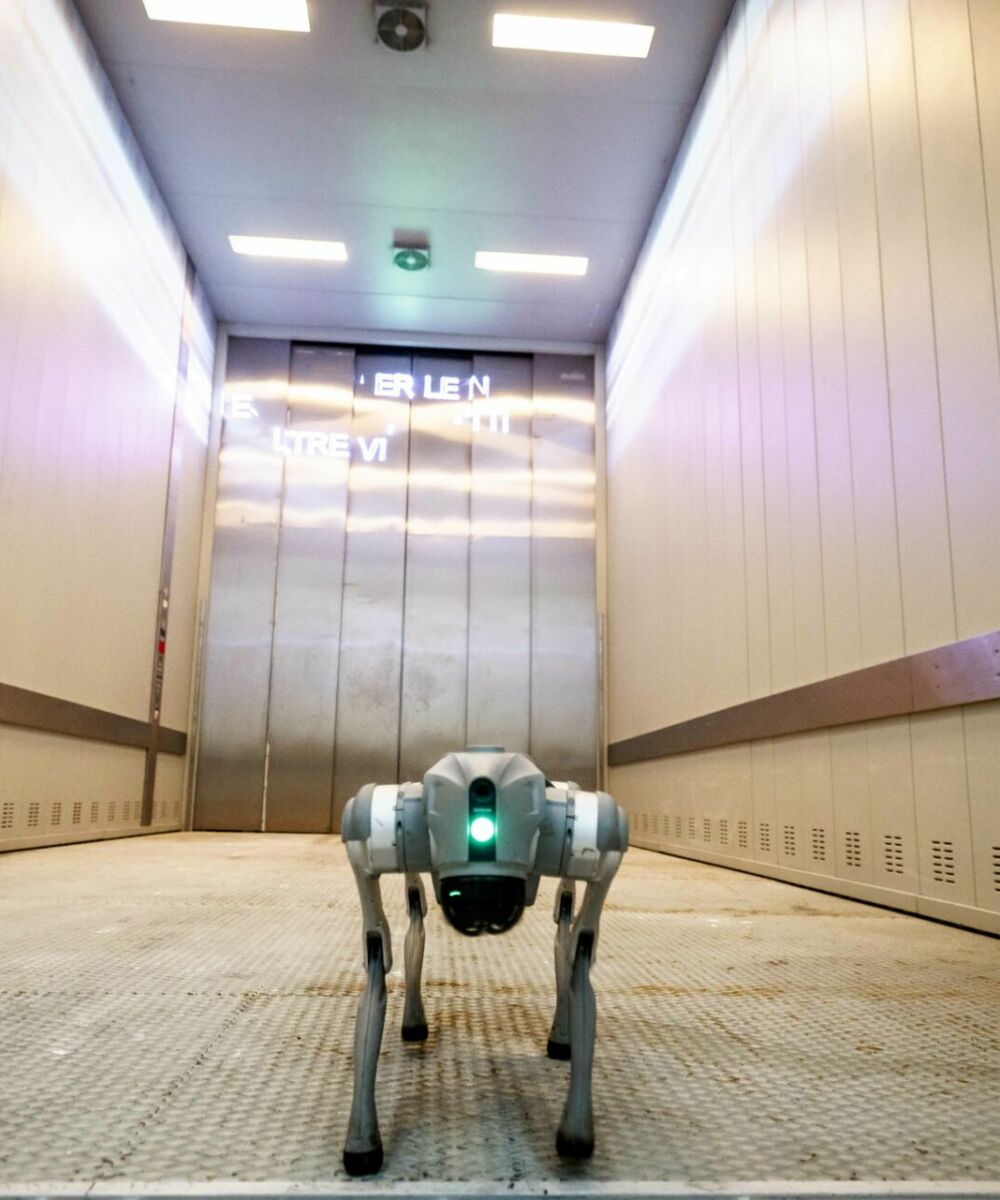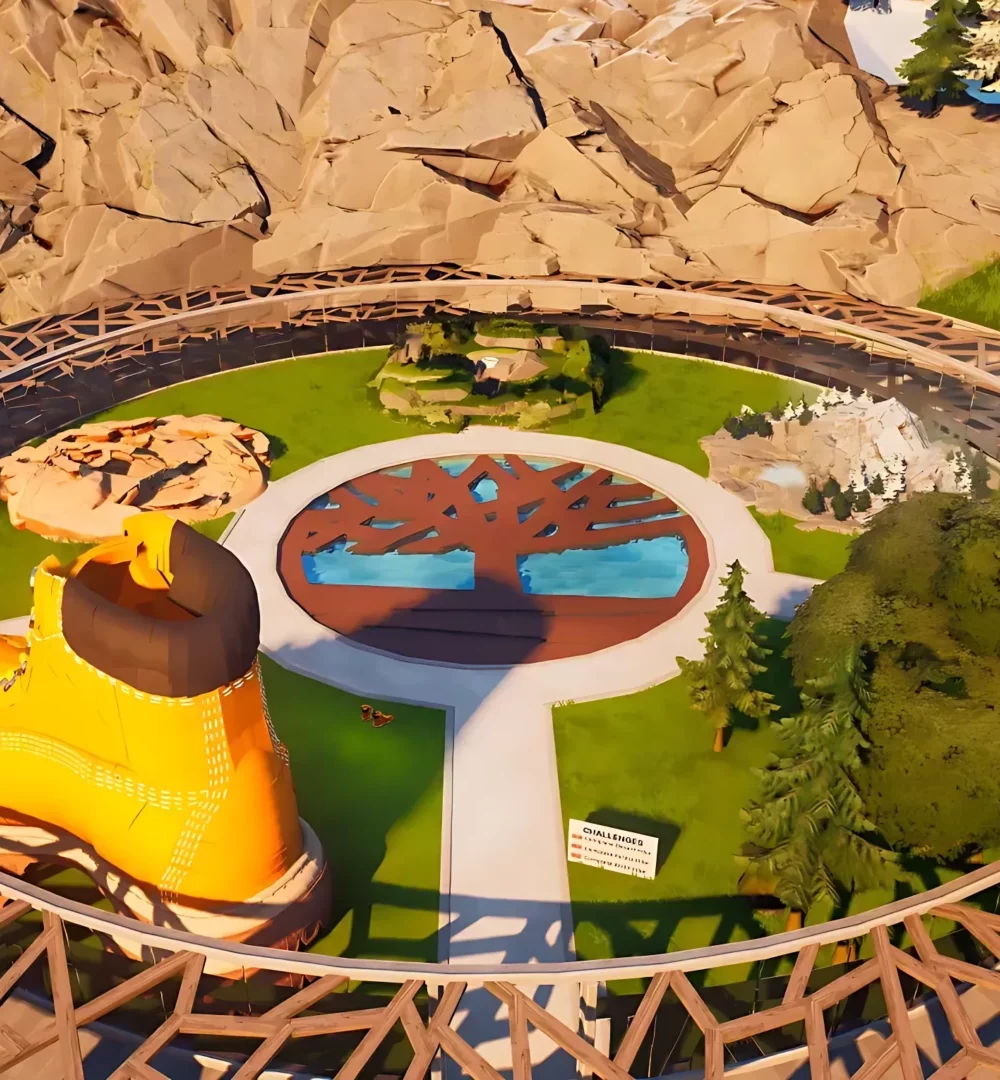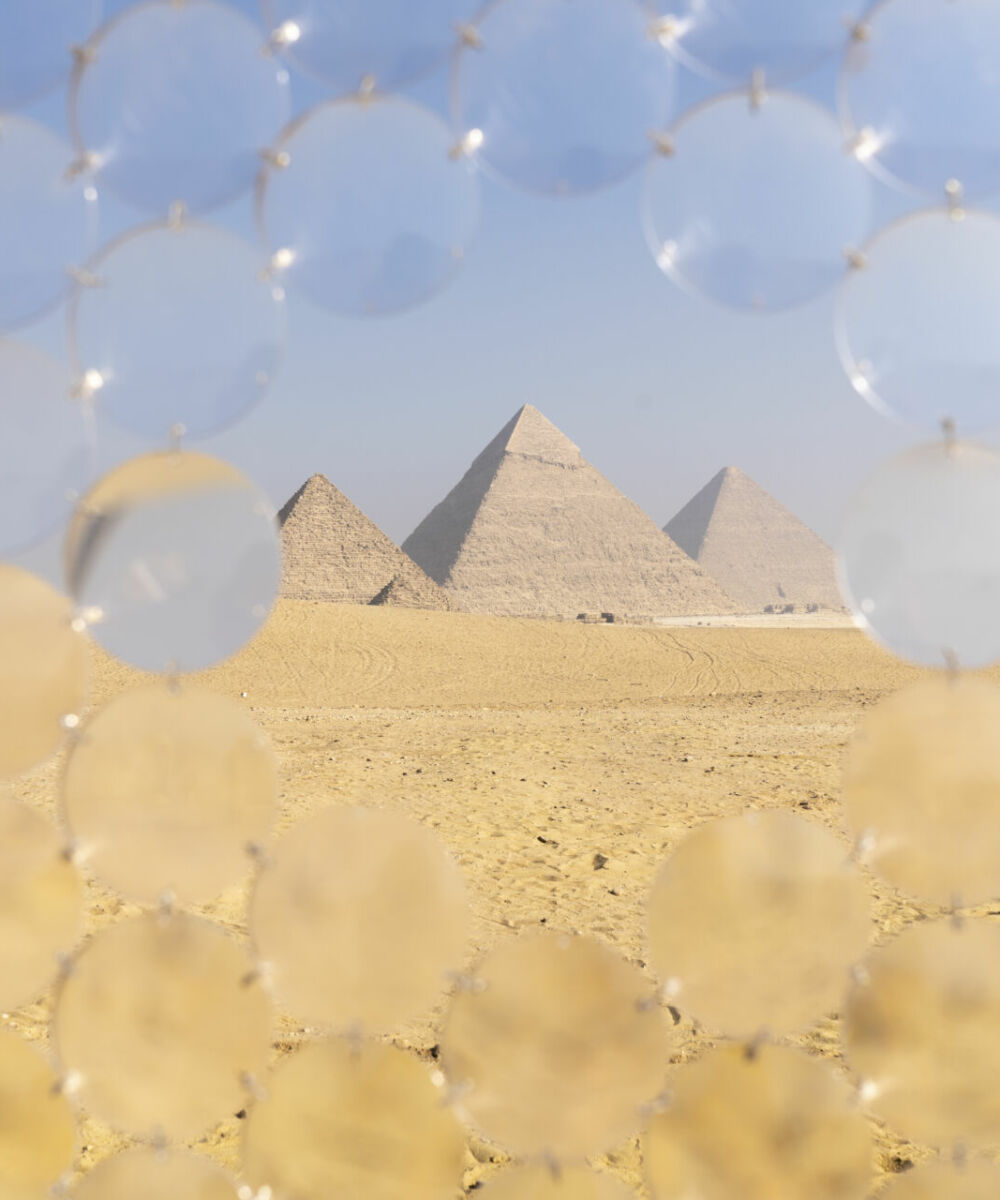Our society’s interplanetary ambitions now face a crucial challenge: the ability to design and construct living infrastructures that enable humans to transcend earthly boundaries and settle in environments previously deemed inhospitable. Europe, heir to a centuries-old tradition of explorers and innovators, is preparing to play a leading role in this new phase of human history.
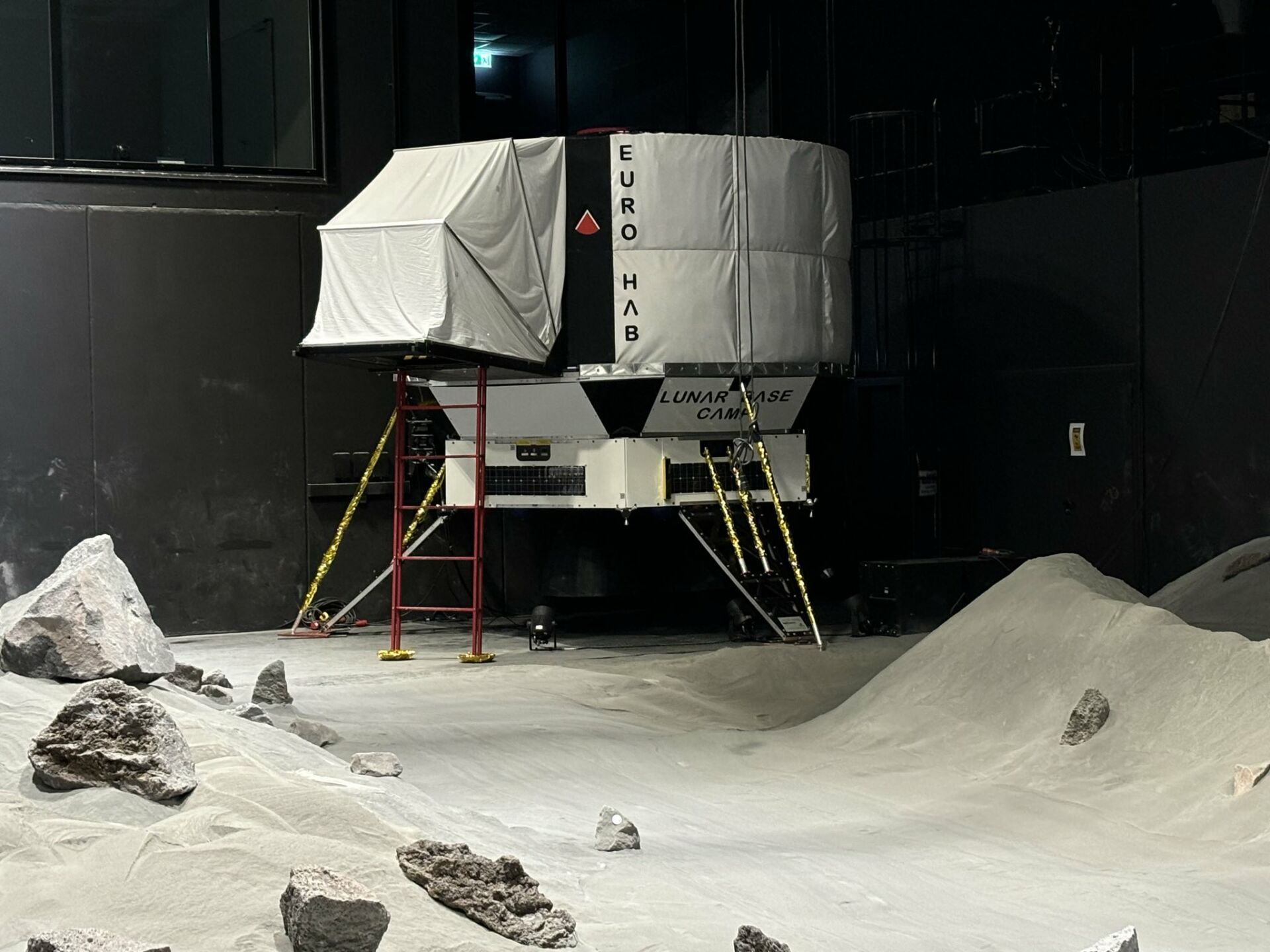
Spartan Space is a French company specializing in the design and construction of habitat systems for extreme environments, with the goal of developing technologies that enable people to live and work in such conditions.
When I talk about extreme environments, I refer not only to space but also to locations on Earth, such as maritime areas or polar regions. Before dedicating myself to this project, I worked extensively in the maritime sector, specifically in underwater robotics and research.
Regarding space exploration, I have always been interested in the ongoing debate about whether space missions should rely on robots or humans. I believe that robots are excellent tools, highly efficient for carrying out specific tasks. However, for certain activities that require creativity and reasoning, humans remain irreplaceable. That said, their presence in space depends on the availability of suitable infrastructure.
Spartan Space was founded with the aim of continuing projects and research that had been in development for years but were at risk of being abandoned due to the financial difficulties brought on by the pandemic. Currently, the companys main objective is to develop a habitat for the Artemis mission.
We believe it is essential for Europe to contribute not only to activities in orbit but also to those on the lunar surface. Europe is a continent of explorers, with a cultural heritage rooted in the exploration of the New World. This legacy compels us to acknowledge that, in just two or three years, we will witness American astronauts setting foot on the Moon. European citizens, who contribute to research and development through their taxes, will start questioning why Europeans are not part of this endeavor.
It is important to emphasize that our company does not position itself as a competitor to SpaceX or Blue Origin, but rather as a complementary player to their work. The United States is already at an advanced stage of the Artemis mission, and our goal is to contribute with what is still missing. For Europe, it would not make sense to focus on building rockets or infrastructure for takeoff and landing, areas where American companies excel. Our added value lies in providing solutions to make these extreme environments habitable.
Another distinguishing element compared to the main American companies is our collaborative approach. We do not operate in isolation, but develop our projects in synergy with various partners, leveraging existing infrastructure and expertise.
Since the United States’ goal is to establish a permanent presence on the Moon by creating a base camp, a crucial aspect concerns the supply chain required to maintain the lunar infrastructure. However, at the moment, Americans are focused on the race to reach the lunar surface before China and other rival powers, neglecting what is needed to ensure a stable and lasting presence. And this is where Europe can carve out a strategic role. Habitats are just one example of what Europe could offer. In addition to these, there are other components necessary to ensure the usability of lunar soil, such as energy production infrastructure or vehicles to navigate that type of surface. European companies are currently capable of offering solutions to these challenges, but they must act quickly; otherwise, someone else will do it instead. We have both the financial and intellectual resources; what is currently lacking is the political will.
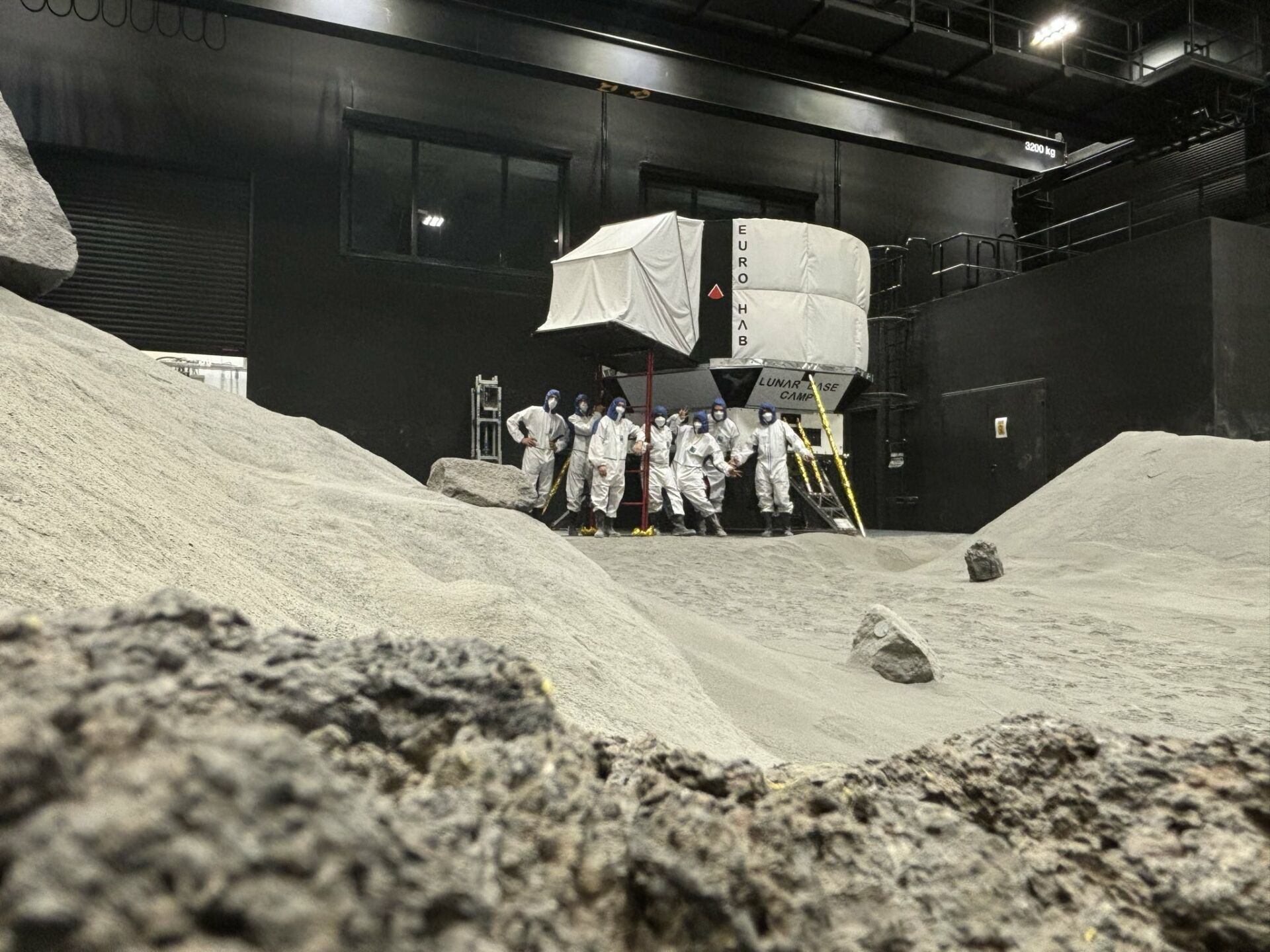
We are developing a lunar habitat concept called Eurohab, designed as a “secondary habitat.” This means it can be placed at a strategic location that can be accessed without humans onboard. Its main purpose is to extend the range of astronauts, whose movements must remain within a safe distance that allows them to return to base in case of emergency. Eurohab therefore serves as an emergency refuge, enabling longer and more distant missions.
This function requires an essential design, focused solely on the basic functionalities necessary for survival. While collaborating with architects, the design follows technical rather than aesthetic criteria. An example of this is the absence of windows, which were removed to reduce weight and optimize the structural configuration.
For life support systems, we are developing a reusable solution integrated with energy management, based on our innovative fuel cell. The design of reusable components capable of operating on the Moon and returning to Earth represents a distinctive feature of our approach.
Among our projects is also a prototype of a small underwater station. There are numerous analogies between the lunar environment and the underwater one, which is why many of the solutions developed for Eurohab can also be adapted to this context. A significant example is the life support systems, which face the same challenges in both cases. For this reason, our approach aims to create synergies between the two fields, promoting the transfer of technologies from one scenario to another.
The solutions currently under development only allow for short-term stays, partly due to the limited size of the structures. However, our goal is to extend the duration of stays, transforming these installations into full-fledged research stations.
First of all, I would like to clarify that I am not particularly fond of theory and bureaucracy; I prefer to build prototypes quickly and efficiently. This is because, no matter how perfect a project may seem on paper or on a computer screen, it is only when you physically build it that the true challenges and difficulties emerge.
Of course, design, engineering, and simulation are essential phases, but I believe there is an approach problem in Europe that leads us to produce countless reports and simulations, but in the end, we build little. There are projects that have existed on paper for decades without ever being materialized, and personally, I do not find this method particularly effective. When developing technologies of this kind, we must consider not only the technical aspects but also the economic ones. Creating extremely advanced prototypes that are unfeasible due to prohibitive costs is nothing more than science fiction.
That said, we also invest time in research and design, and artificial intelligence is becoming increasingly present in these phases. For example, we recently tested a generative model to design a spacesuit. However, the results were quite disappointing, to the point that the final design was entirely the result of human intellect. This experiment confirmed my belief that, while AI is an extremely powerful tool, it still requires human supervision. It can offer inspiration, but not the solution.
In the field of engineering, AI is particularly useful for identifying standardized components, such as the best temperature detection sensor for a specific context, but it cannot replace the work of an engineer. One particularly promising application concerns habitat management and indoor environmental quality. Our goal is to create a dynamic interaction between humans and the habitat, enabling real-time information exchange to optimize environmental conditions.
Peter WEISS (born in 1976) is a German engineer and holds a doctorate in space robotics. He studied mechatronics at the University of Applied Sciences in Munich and the EPF in Paris. He has worked in the field of space robotics at the German Aerospace Center (DLR) and the Massachusetts Institute of Technology (MIT). Subsequently, he was involved in underwater robotics at Cybernetix in Marseille. Peter completed his doctoral dissertation on lunar probes at the Hong Kong Polytechnic University.
He later worked at COMEX, managing the company’s space division. He was responsible for various projects related to human spaceflight and led the team of divers in charge of underwater training for European astronauts. He was involved in the construction of the SHEE habitat and participated in several simulation missions, including APOLLO 11 UNDER THE SEA, MOONWALK, MOONDIVE, and NEEMO23. In 2021, Peter founded his own company, SPARTAN SPACE, which specializes in habitats for extreme environments. SPARTAN SPACE is involved in the development of several space an underwater habitats, such as the European Modules of GATEWAY, EUROHAB and BOB.
Peter holds the Apophis Mission Design award and received the French Medal for Internal Security for providing psychological support to the families of the victims of the Germanwings crash as member of the French Red Cross. He is living with his family in Marseille, in the south of France, for 20 years.

